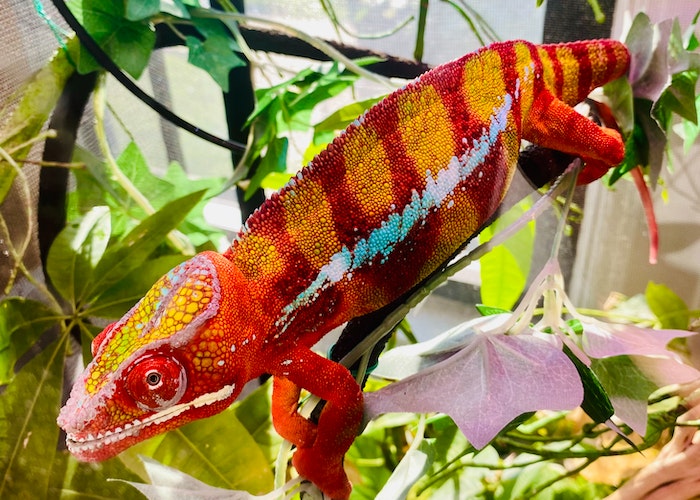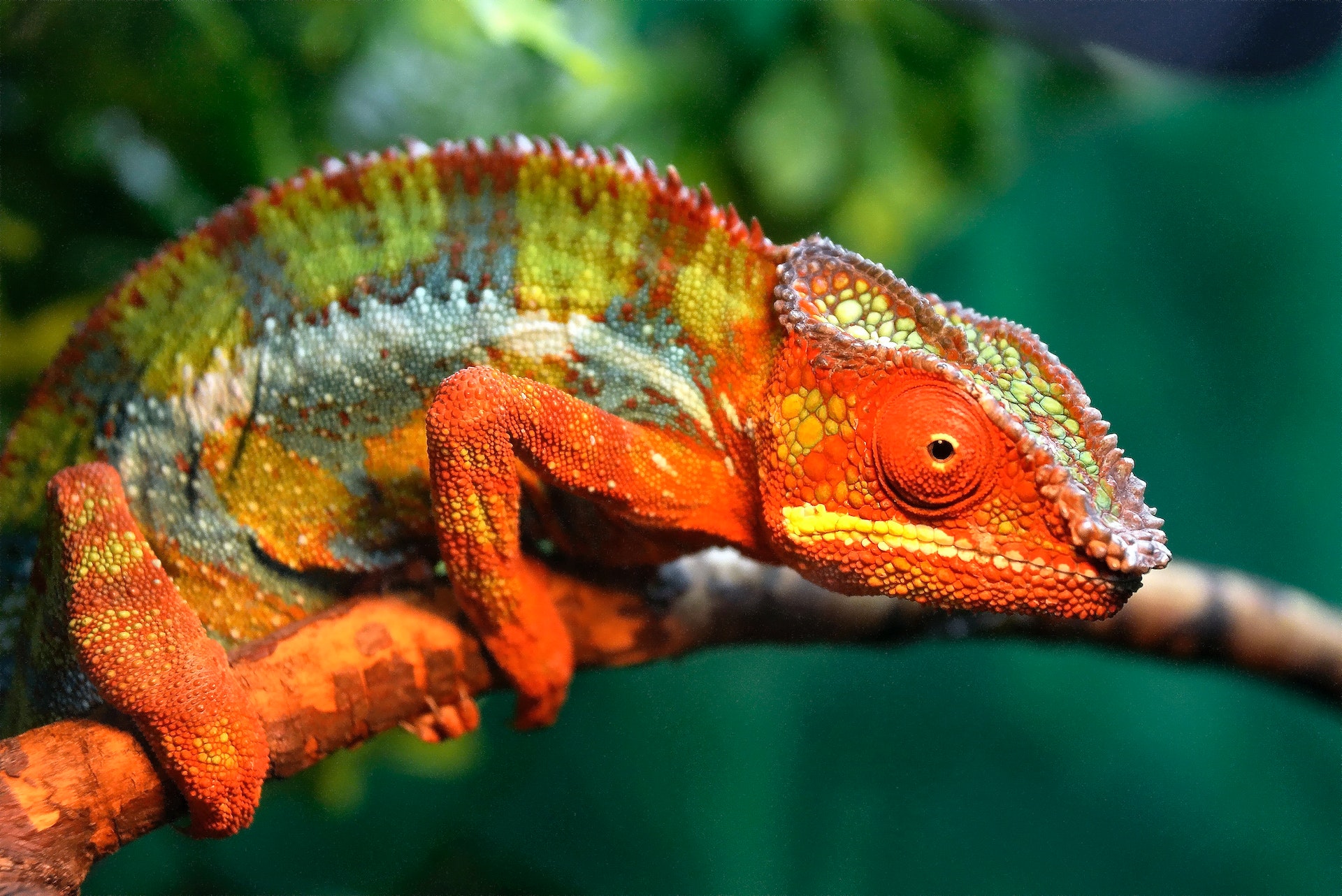Do you know about the role of lighting in bearded dragon?
Bearded dragons are fascinating pets that require specific lighting and heating conditions to maintain their health and wellbeing. As reptiles, they are ectothermic, which means they rely on external sources of heat and light to regulate their body temperature and metabolism. In this article, we will discuss the essential role of lighting and heating in your bearded dragon’s health.
The roles of lighting and heating in bearded dragon are

1. Lighting
Lighting plays a crucial role in your bearded dragon’s health as it regulates their circadian rhythm, metabolism, and vitamin D3 synthesis. A proper lighting setup should include a UVB light source and a basking light.
2. UVB Light Source
Bearded dragons require UVB light to produce vitamin D3, which is essential for calcium absorption and bone health. A UVB light source should be provided for 10-12 hours per day and should be replaced every six months to ensure optimal output.
- The Importance of UVB Radiation
In their natural habitat, bearded dragons are exposed to sunlight, which provides them with essential UVB radiation. UVB radiation is crucial for these reptiles as it enables them to synthesize vitamin D3 in their skin, which plays a vital role in calcium metabolism. Without adequate UVB exposure, bearded dragons are at risk of developing metabolic bone disease (MBD), a condition characterized by weakened bones, deformities, and overall poor health. Providing artificial UVB lighting that closely mimics the natural sunlight is essential to prevent MBD and promote overall well-being.
- Selecting the Right UVB Lighting Setup
Choosing the appropriate UVB bulb is crucial for your bearded dragon’s health. Two common types of UVB bulbs are fluorescent and mercury vapor bulbs. Fluorescent bulbs are more commonly used and provide adequate UVB radiation. On the other hand, mercury vapor bulbs emit both UVB and UVA radiation and are a more comprehensive lighting solution. It is important to consider the size of the enclosure and the distance between the bulb and the basking spot to ensure that your bearded dragon receives the right amount of UVB exposure. Regularly replacing UVB bulbs is essential as their effectiveness diminishes over time.
3. Basking Light
A basking light provides heat for your bearded dragon to regulate their body temperature and promote digestion. It should be placed at one end of the enclosure to create a temperature gradient, with the basking spot reaching 100-110°F and the cooler end at 75-85°F. The basking spot is crucial for your bearded dragon’s digestion, metabolism, and overall comfort.
- Importance of Basking Spots
The basking spot is not only crucial for providing the necessary heat but also plays a significant role in your bearded dragon’s overall health and well-being. It stimulates digestion and appetite, as the warmth helps your dragon digest food efficiently. The basking spot also serves as a behavioral stimulant, allowing your pet to exhibit natural sunbathing behaviors, which can positively impact their psychological well-being. However, it is important to ensure that the basking spot does not overheat or cause heat stress, which can lead to health issues.
4. Heating
Heating is essential for your bearded dragon’s overall health and digestion. A proper heating setup should include a basking light, a ceramic heat emitter, or an under-tank heating pad.
5. Basking Light
As mentioned above, a basking light provides heat for your bearded dragon to regulate their body temperature and promote digestion.
Ceramic Heat Emitter: A ceramic heat emitter provides a constant source of heat and can be used at night as it does not emit light. It should be used in conjunction with a thermostat to prevent overheating.
Under-tank Heating Pad: An under-tank heating pad can be used to create a warm area at the bottom of the enclosure, which can be beneficial for older or sick bearded dragons. It should be used in conjunction with a thermostat to prevent overheating.
6. Maintaining Proper Lighting and Heating
To maintain optimal lighting and heating conditions, it is essential to monitor the temperature and humidity levels in the enclosure regularly. A digital thermometer and hygrometer can be used to ensure that the temperature and humidity levels are within the recommended range.
It is also important to replace the UVB light source every six months and the basking light every six to twelve months to ensure optimal output. The enclosure should also be cleaned regularly to prevent the buildup of bacteria, which can lead to respiratory infections.
Overall Impact on Health

1. Promoting Proper Growth and Development
Proper lighting and heating directly influence the growth and development of bearded dragons. Adequate UVB exposure and basking temperatures support the development of strong bones and muscles. They also play a crucial role in hormone regulation, ensuring proper reproductive health. Additionally, the right lighting and heating contribute to the functioning of the immune system, helping your bearded dragon stay healthy and resilient to diseases.
2. Prevention of Common Health Issues
Maintaining appropriate lighting and heating conditions significantly reduces the risk of common health issues in bearded dragons. Proper UVB exposure prevents metabolic bone disease, a condition that can lead to severe health problems and even death. Adequate heating and basking temperatures help prevent respiratory infections caused by improper thermoregulation. Furthermore, providing the optimal conditions for digestion reduces the likelihood of digestive disorders and impaction, which can be life-threatening.
Conclusion
In conclusion, lighting and heating are essential for the health and wellbeing of your bearded dragon. A proper lighting and heating setup can promote digestion, regulate body temperature and metabolism, and prevent health problems. Remember to monitor the temperature and humidity levels regularly, replace light sources as recommended, and maintain a clean environment to provide the best possible care for your bearded dragon.
